In Yucatán, bugs are abundant, varied, and a tad frightening. Yet they are not all dangerous and are sometimes even desirable house guests.
Here’s a list of some critters you may find in your backyard.
Mosquitoes

There are about 30 species of mosquitoes in the peninsula.
Not only are they annoying, but they also carry dangerous diseases such as Zika and Dengue. Infestations are common during the rainy season, as mosquitos reproduce in puddles and containers that accumulate water.
Home remedies are fairly common, like citronella and mint oil, but if your mosquito situation is becoming extreme, you may want to consider an exterminator.
Tailless Whip Spider
An insect with lots of myths and misinformation surrounding it, the “whip spider” or “whip scorpion” is actually neither a spider nor a scorpion. Although it belongs to the arachnid family, it has no sting or fangs that could pose a threat to humans.
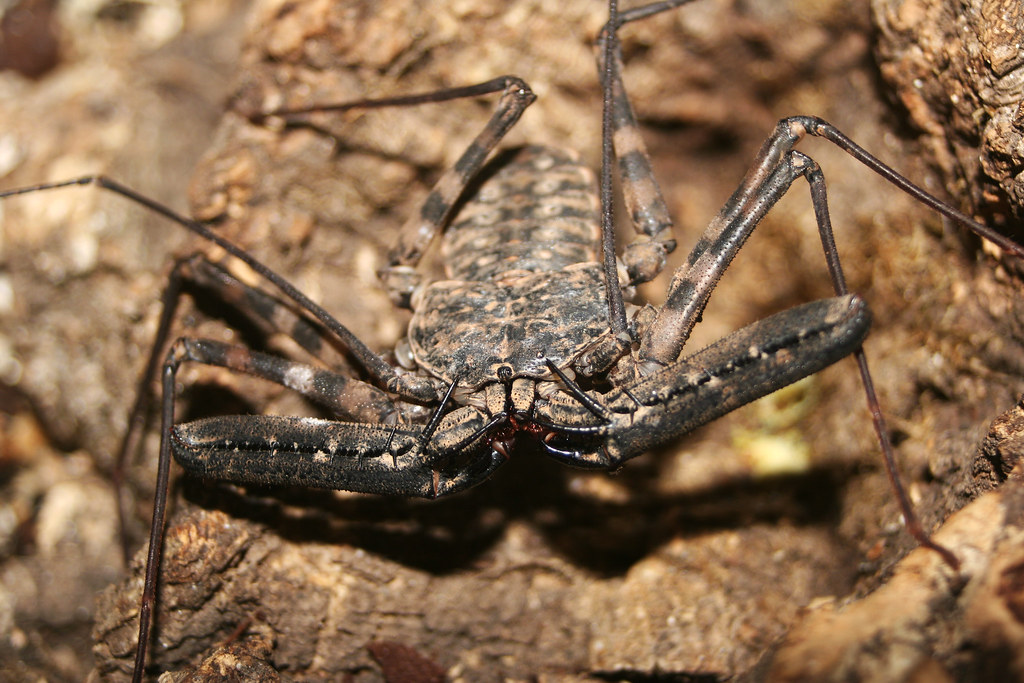
Strictly nocturnal, they hunt other insects by probing the surface with their long legs which they use as extended sensors. These little animals are beneficial because, in addition to not representing a threat, they feed on pests such as cockroaches and other poisonous insects.
Toe biters
These aquatic insects are the largest of the hemiptera, a large order of mostly winged insects. Born hunters, they usually inhabit bodies of water using their claw-like forelegs to catch small fish and larvae of other insects.
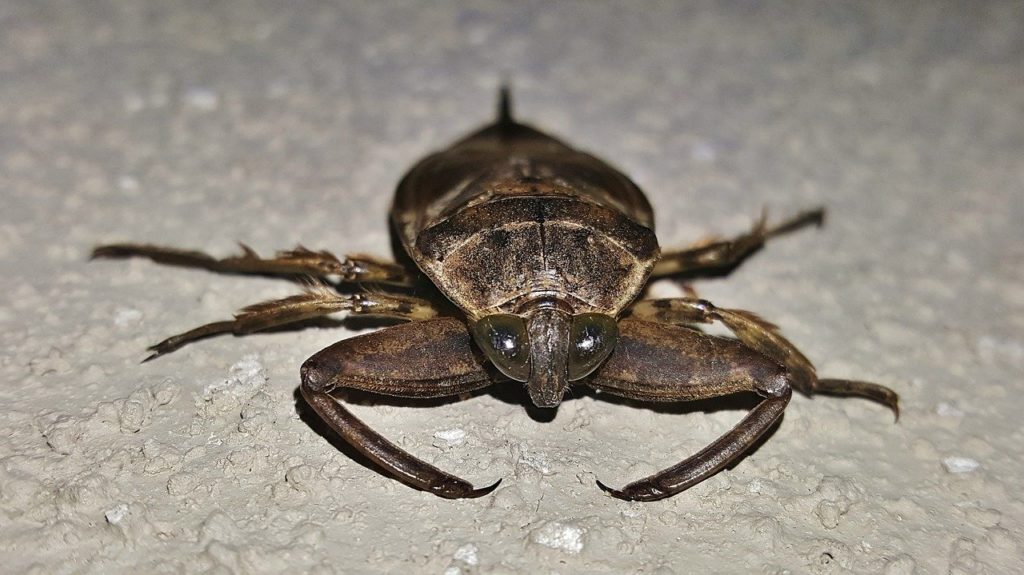
Similar to the whip spider, this species is often confused with scorpions, but they do not possess stingers or venom, although their strong front legs can provide a painful sting.
Furry caterpillars
The general rule is that if we see a hairy caterpillar, it is best not to touch it. This is because many species use their furry coat to defend themselves from predators, and contact can cause anything from an uncomfortable itch to dizziness or widespread urticaria.
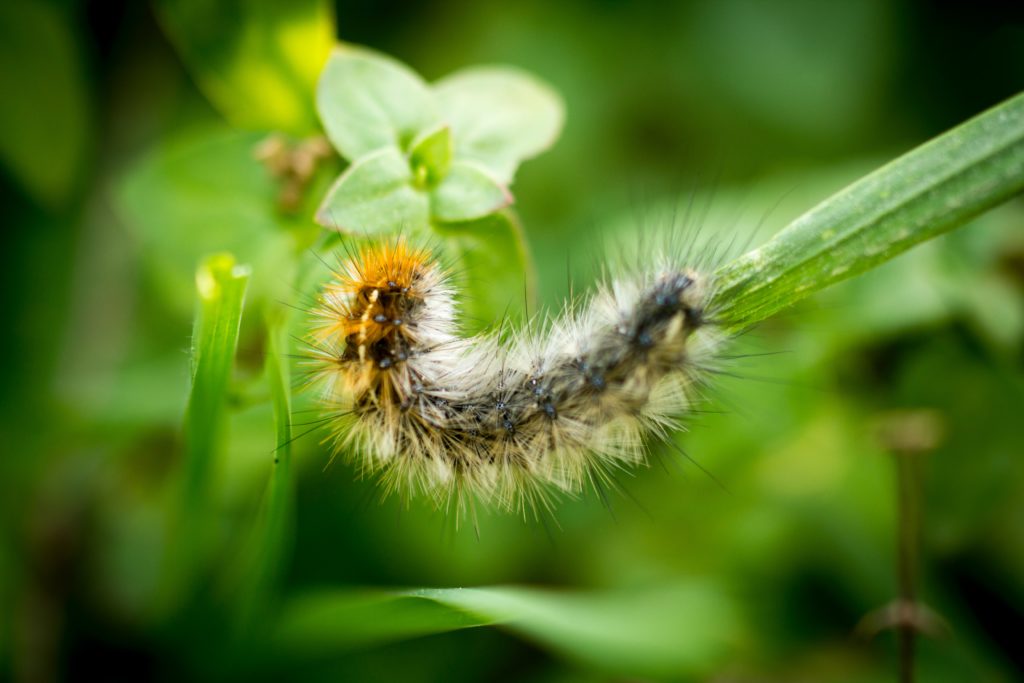
In Yucatán, there is a species known as “hairy cat”— gata peluda. With a voracious appetite, it can be found on all types of plants, either individually or in large groups during the rainy season.
Scorpion
Although there are no deadly species of scorpions in Yucatan, as a general rule, species with large pincers and a slender tail are usually not as venomous. However, if they have a thick tail and small pincers they are more likely to present more dangerous venom.
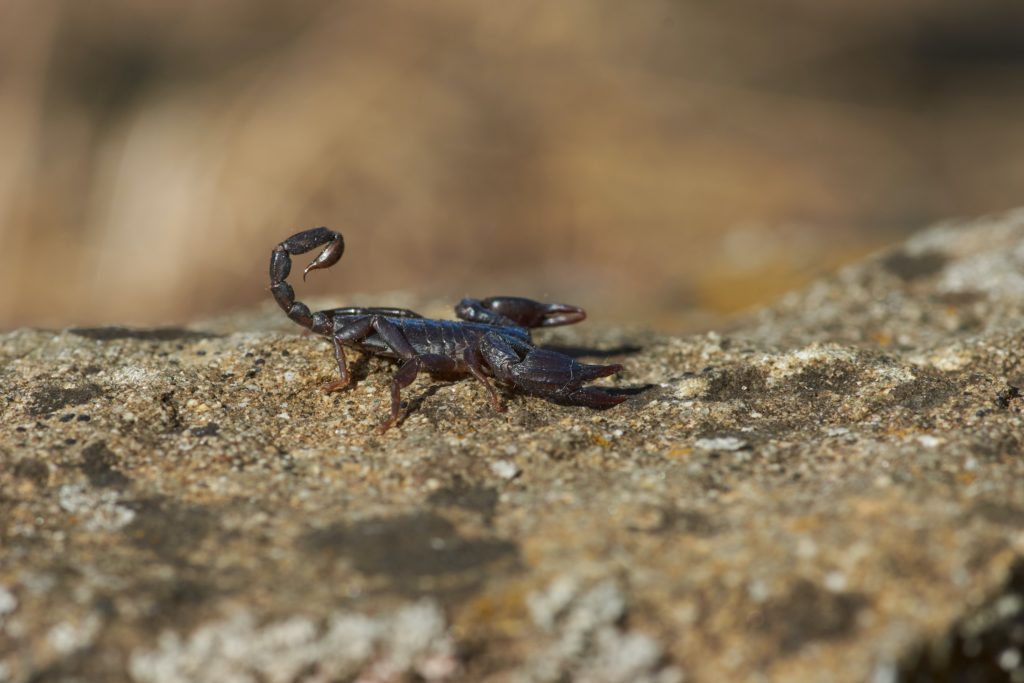
These animals tend to hunt at night. They are usually found under rocks and in dark places where they normally seek shelter.
Bees and Wasps
There are several bee species in Yucatán, like the world-famous Melipona Bee, native to the state. Smaller in size than the European honey bee, this bee is tiny and inoffensive, as it does not sting.
Yet this noble bee is somehow endangered. They’re mostly kept by honey producers yet there are those who adopt a small colony to keep at home.
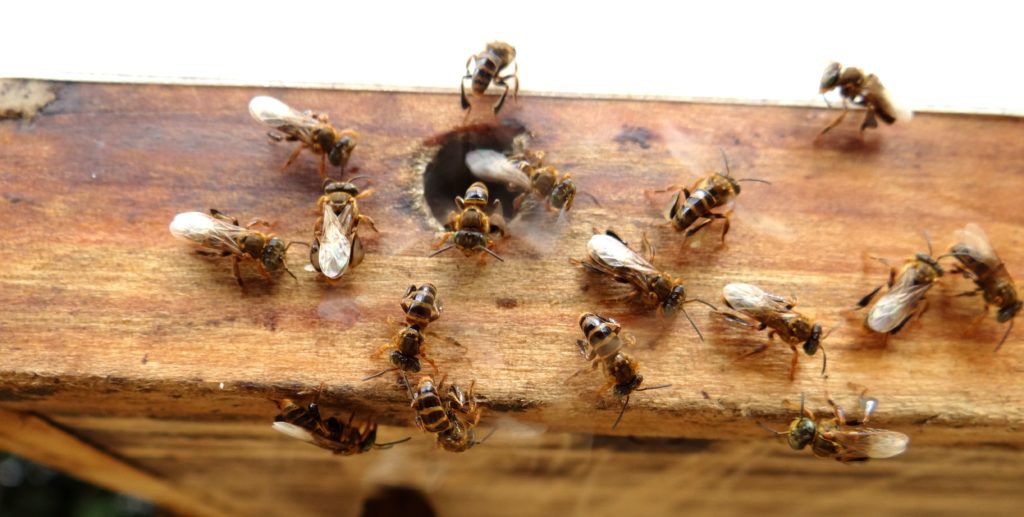
Aside from the Melipona Bee, African bees and wasps are common throughout the state, and unlike the native bee, they’re avid stingers.
If you see a large nest or a swarm flying near your home, the best thing to do is to contact the fire department.
X’mahana, or nocturnal butterfly
In Yucatecan folklore certain bugs are dubbed as bad omens. X’mahana’s are thought to be a harbinger of the arrival of a guest.
Some believe that their presence means that someone you know has passed.
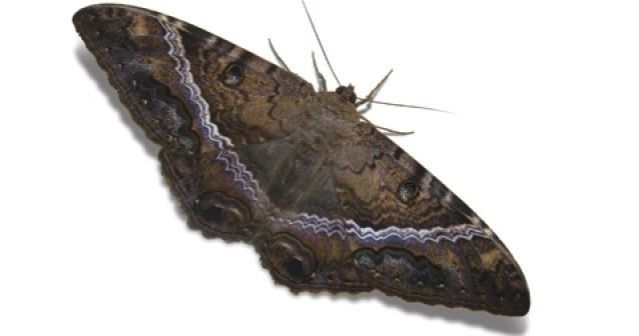
Regardless of the myth, X’mahana’s are harmless. They can measure up to 20 centimeters from wing to wing, and usually perch on ceilings or high walls.
Little lizards
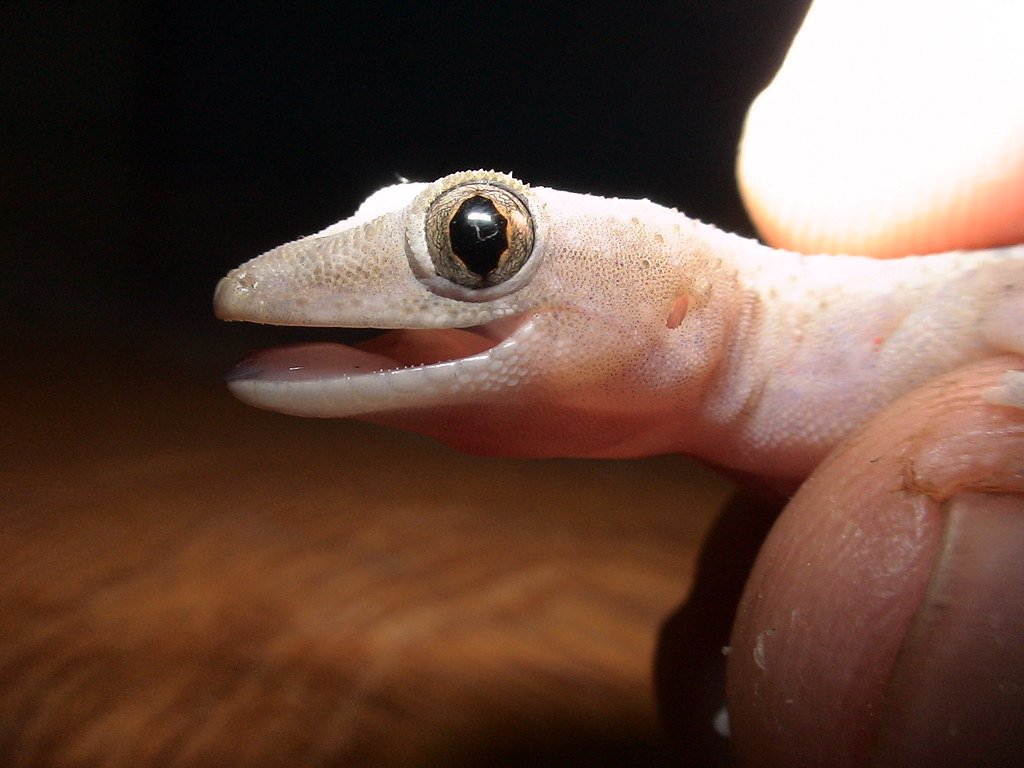
Commonly known as “quijas” in the state, these little lizards are nothing if not grateful guests. They tend to feed off pests such as spiders and cockroaches, and pose no harm to humans.
A curious unknown fact is that it is thought that many species were brought here by hurricanes, with their little eggs traveling in storms.
The local catalog of insects from the peninsula is much larger, but this short list is a good place to start. No matter how foreign, or frightening, a bug may seem, they are part of our environment.
Know them, respect them, and enjoy your backyard in peace.
In Yucatán Magazine: Butterflies abound in mountainous Mexican winter habitat








